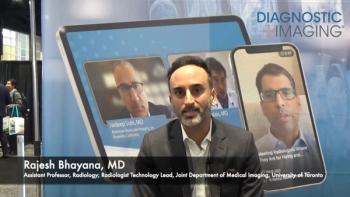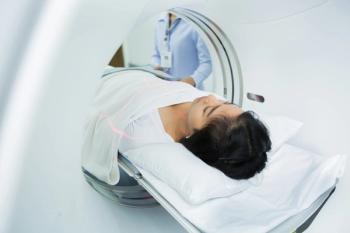
Virtual Radiologic announces its acquisition for $294 million
Virtual Radiologic, one of the nation’s two publicly traded teleradiology companies, has agreed to be acquired by Providence Equity Partners, a private equity firm, for $17.25 per share in cash, the companies announced Tuesday.
Virtual Radiologic, one of the nation’s two publicly traded teleradiology companies, has agreed to be acquired by Providence Equity Partners, a private equity firm, for $17.25 per share in cash, the companies announced Tuesday.
The offer price represents a premium of 41.7% over the $12.18 30-day average closing stock price as of May 14, 2010, and a premium of 54.9% over the three-month average closing stock price of $11.13. Based on the per share consideration, the transaction is valued at approximately $294 million.
Virtual Radiologic’s board of directors unanimously approved the agreement and recommends that shareholders vote in favor of the transaction. Dr. Eduard Michel, the company’s cofounder and chief medical officer who owns 6% of its outstanding common shares, and Generation Partners, which owns 25.3% of the common shares, have agreed to vote in favor of the transaction, which is expected to be completed in the third quarter. Upon completion, Virtual Radiologic will become a private company, wholly owned by Providence.
“We believe that this transaction provides an attractive all-cash valuation that is in the best interests of our stockholders,” said Rob Kill, Virtual Radiologic’s chair and CEO. “We are very pleased to have an experienced partner in Providence who shares our commitment to delivering the highest quality patient care backed by industry-leading service levels.”
“VRad is an innovative company that is using its unique, proprietary technology and intense focus on quality and reliability to transform the way radiologic care is delivered,” said Peter O. Wilde, a managing director at Providence. “Rob has assembled a talented team at the company, and we look forward to working with him to continue to deliver value to the company’s clients over the long term.”
Virtual Radiologic employs more than 140 radiologists serving more than 1200 facilities (21% of U.S. hospitals), and reading 2.7 million studies annually. The company went public in December 2007. Its stock traded as high as $24.58 at that time but has dropped since, reaching a low point of less than $8 per share in January 2009.
At the $294 million cash offer price, Virtual Radiologic’s market value dwarfs that of the other publicly traded teleradiology company, Nighthawk Radiology Holdings, at $85.49 million.
Providence Equity Partners, based in Providence, RI, describes itself as a private equity firm specializing in equity investments in media, entertainment, communications, and information companies around the world. The principals of Providence manage funds with more than $22 billion in equity commitments and have invested in more than 100 companies operating in over 20 countries since the firm’s inception in 1989.
Newsletter
Stay at the forefront of radiology with the Diagnostic Imaging newsletter, delivering the latest news, clinical insights, and imaging advancements for today’s radiologists.




























